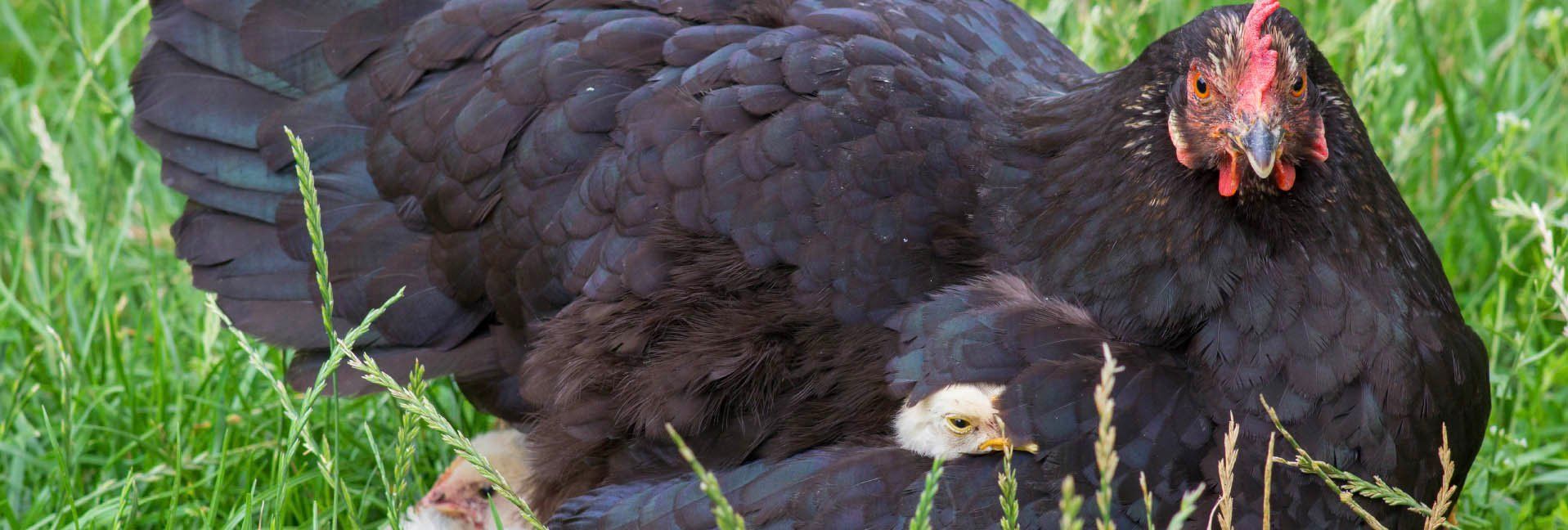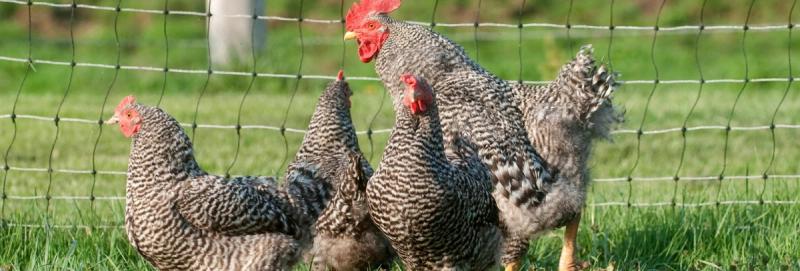History and Importance of the National Poultry Improvement PlanProtecting poultry since 1935


More than likely you have heard of the National Poultry Improvement Plan, or NPIP as it sometimes called, but do you know the NPIP’s history or purpose? To understand the beginning or purpose behind the NPIP first we must look at the poultry industry of the early twentieth century.
In the early 1900’s, poultry farms were small, backyard-type flocks that were raised for both meat and eggs. The chickens were mainly purebred lines with poultry business being maintained at a very local level. Things continued in this manner until 1918 when chicks were first shipped via the US Postal Service. While shipping between states facilitated the spread of poultry farming, it also facilitated the spread of disease.
The pullorum problem
Bacillary White Diarrhea, also known as Pullorum, quickly spread nationwide with an early chick mortality of 80 percent. In truth, the early spread of poultry farming was hindered primarily by pullorum. Pullorum is a disease that causes white diarrhea, dehydration, and high mortality in young poultry. While mortality can be extremely high, some birds do recover. However, these birds become lifelong carriers and can transmit the disease to their offspring via eggs.
Pullorum was discovered in 1899 and an antigenic blood test was developed in 1913, allowing for quick and reliable blood testing for the causative bacterium Salmonella pullorum. The test also reacted to birds carrying S. gallinarium, which causes fowl typhoid.
In an effort to stop the spread, individual states tried to implement their own surveillance and eradication programs, with little to no positive results. It was now clear that a national program needed to be created to control the disease, and in 1935 Congress established the NPIP. Initially the program was voluntary.
It had three goals: Improve poultry breeding stocks, control specific egg-transmitted diseases, and to facilitate interstate movement of hatching eggs and live poultry.
At first the program was primarily focused on chickens. but in 1944 turkeys were added, while ducks, non-commercial poultry, and other species would be added later. Through rigorous testing and surveillance, by the 1970’s pullorum had been largely eradicated from commercial poultry flocks. However, the disease has persisted in small flocks.
The NPIP is a cooperative industry-state-federal program, administered by the USDA and an approved state agency. While the program is completely voluntary, any poultry entering interstate commerce must be NPIP tested.
The NPIP is governed by those three entities and operating procedures can change depending on the state of poultry industry. Many states have a cooperative agreement between the USDA, the individual state’s department of agriculture, and the state poultry association.

While anyone can have their flocks tested, there are some standards that must be met. All poultry must be at least four months of age, however turkeys can be blood-tested at three months, game birds may be tested at four months of age or sexual maturity, whichever comes first. Specialty birds like ostriches, rheas, and emus may be tested at 12 months of age.
At least 30 birds per house must be tested. If a premise contains fewer than 30 birds, all birds must be tested. If males and females are present, the birds tested must represent the ratio of males to females in the barn.
The test is easy and straight forward. The most common testing method for pullorum is antigen agglutination. During the test, a small amount of blood will be taken from each bird and mixed with antigen to look for agglutination. If the test is positive, then tiny granules will begin to appear in the liquid, almost like grains of dirt or sand. If the test is negative, then the liquid will remain clear.
If a bird tests positive, then that bird will be immediately tested again from another site, usually the other wing. If that bird tests positive for a second time, it will be sent to the state diagnostic lab for further testing. However, do not panic—positive results are extremely rare.
What’s your level?
There are two levels of NPIP clean status; flock and state. For a flock to be considered pullorum-typhoid free, it must have been officially tested and certified clean for past 12 months; the flock is a breeding flock who’s offspring are sold for breeding purposes; the flock came from certified P-T clean parents and all the birds on the same premises must be certified clean. Avian influenza is more stringent and a flock must be tested every 90 days.
So, you are probably asking yourself why does this matter to me and my small flock? Well, there are several reasons. The main reason, as mentioned earlier, is that even though pullorum has been eradicated from commercial flocks, many backyard and small flocks still have the disease.
Buying from chicks or birds from hatcheries or sellers that are NPIP-cleared gives you confidence that you are buying birds that are healthy and of good quality.
If you wish to grow your flock into a small business, you must have NPIP certification to cross state lines, and it shows others that you are serious about diseases and biosecurity.
Does NPIP testing cost anything?
A common question often asked is about costs. Well, the short answer is “it depends.”
Many states certify and train testers that will buy their own test kits and test birds for you. Some may charge a dollar or two to test a bird, and some may charge less than a dollar. Some states on the other hand have employees that test birds and may do it for free or charge a very nominal fee.
The best advice would be to call your state veterinarians or extension office to determine who provides testing in your state. In states where individuals test flocks, you may want to inquire about becoming a tester yourself.
More than cost: real value
So, how can you, the small producer or backyard flock owner, use the NPIP to your advantage?
The first and easiest is to buy birds from sources that have been NPIP-tested clean—many of the larger hatcheries will display the official NPIP logo on their websites. That is the official logo of the NPIP, and you will also see on that logo what disease the flock or hatchery has been tested and cleared for.
If the logo is for the state level, it will say what type of birds the state has been cleared for, i.e. layers, meat type birds, etc. Getting birds from these sources will give you the confidence that they do not have the disease, nor will you risk transmitting the disease to your current flock.
Getting tested will also allow you to ship birds or eggs across state lines from your own flock, and gives your customers an added boost of confidence.
The NPIP is a very important program that has helped maintain the US poultry flock for over 80 years. While participation is voluntary for most flock owners, participating will go a long way in guaranteeing the health and status for another 80 years or more.
Tags:Chicken Scratch

Chicken Whisperer is part of the Catalyst Communications Network publication family.










